The Ultimate Guide to Teaching Sight Words Effectively to Kids
Hello, fellow parents and teachers! Are you ready to embark on a fun and educational journey? Today, we're diving into the wonderful world of sight words. Sight words are the building blocks of early literacy, and teaching them effectively can make a significant difference in your child's reading and spelling skills. But fear not—this guide is packed with humor, tips, and tricks to make learning sight words an engaging and enjoyable experience for both you and your kids.
Why Sight Words Matter
Sight words are the most frequently used words in the English language. They are often irregularly spelled and cannot always be sounded out using phonics. This is why recognizing them on sight is essential for developing reading fluency. When kids can quickly recognize sight words, they can read more smoothly and with greater comprehension. This lays a strong foundation for future literacy success.
Exploring Sight Words Through Engaging Activities
1. Action Word Sight Words Worksheet
Action words, also known as verbs, help children understand movement and activities in a sentence.
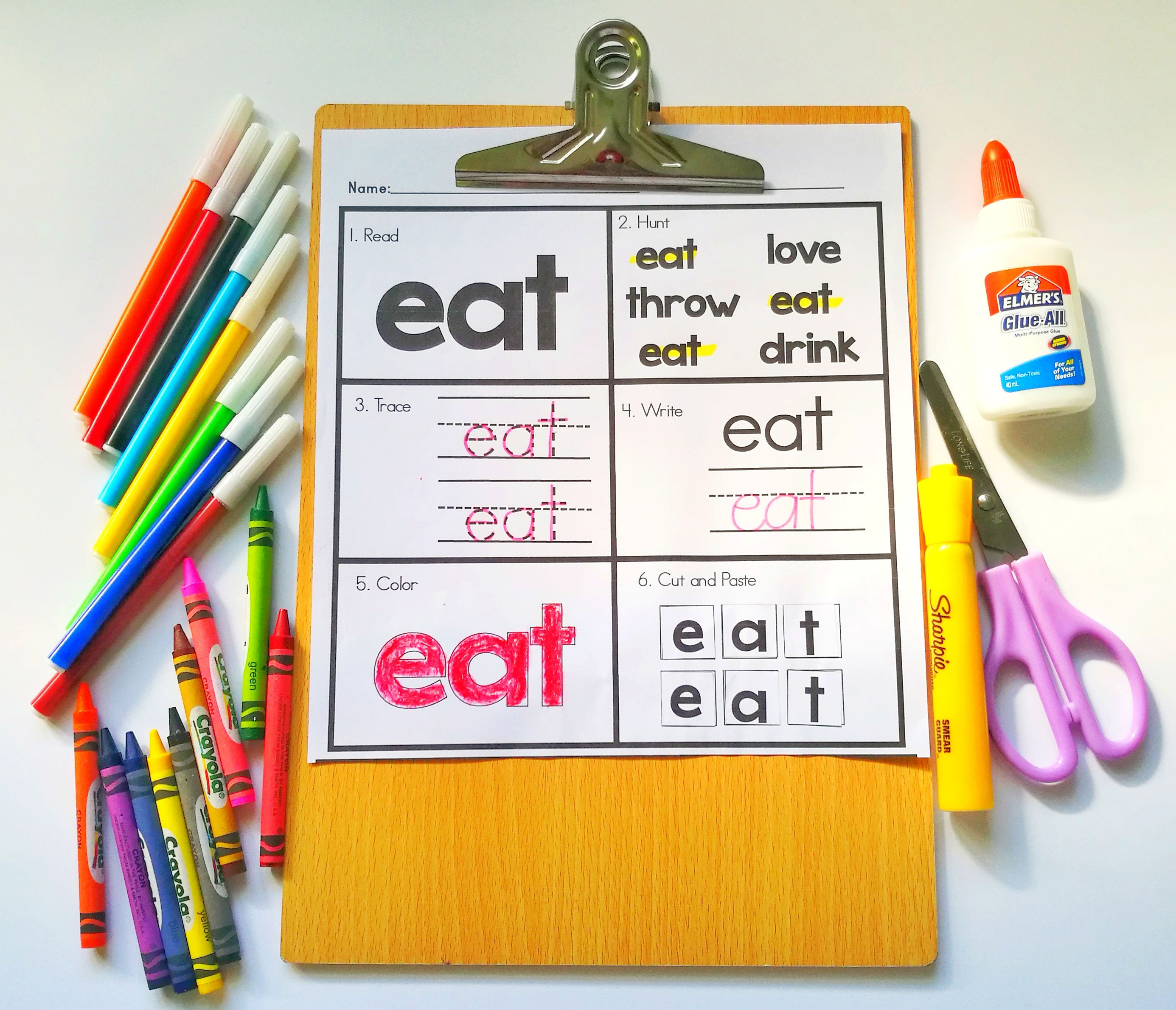
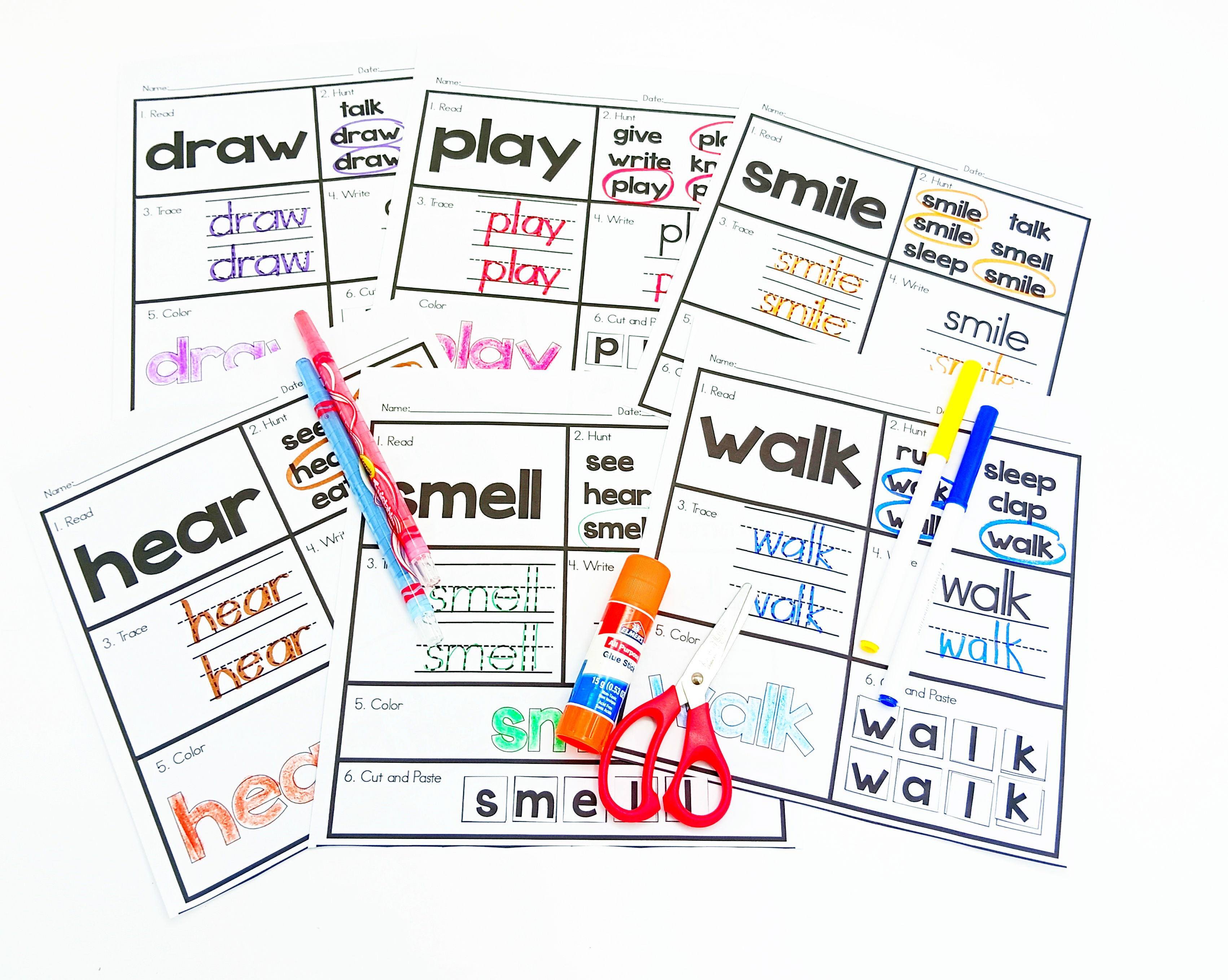
2. Color Sight Words Worksheet
Learning colors is an essential part of early childhood education. This worksheet introduces sight words related to colors, such as "red," "blue," and "green.
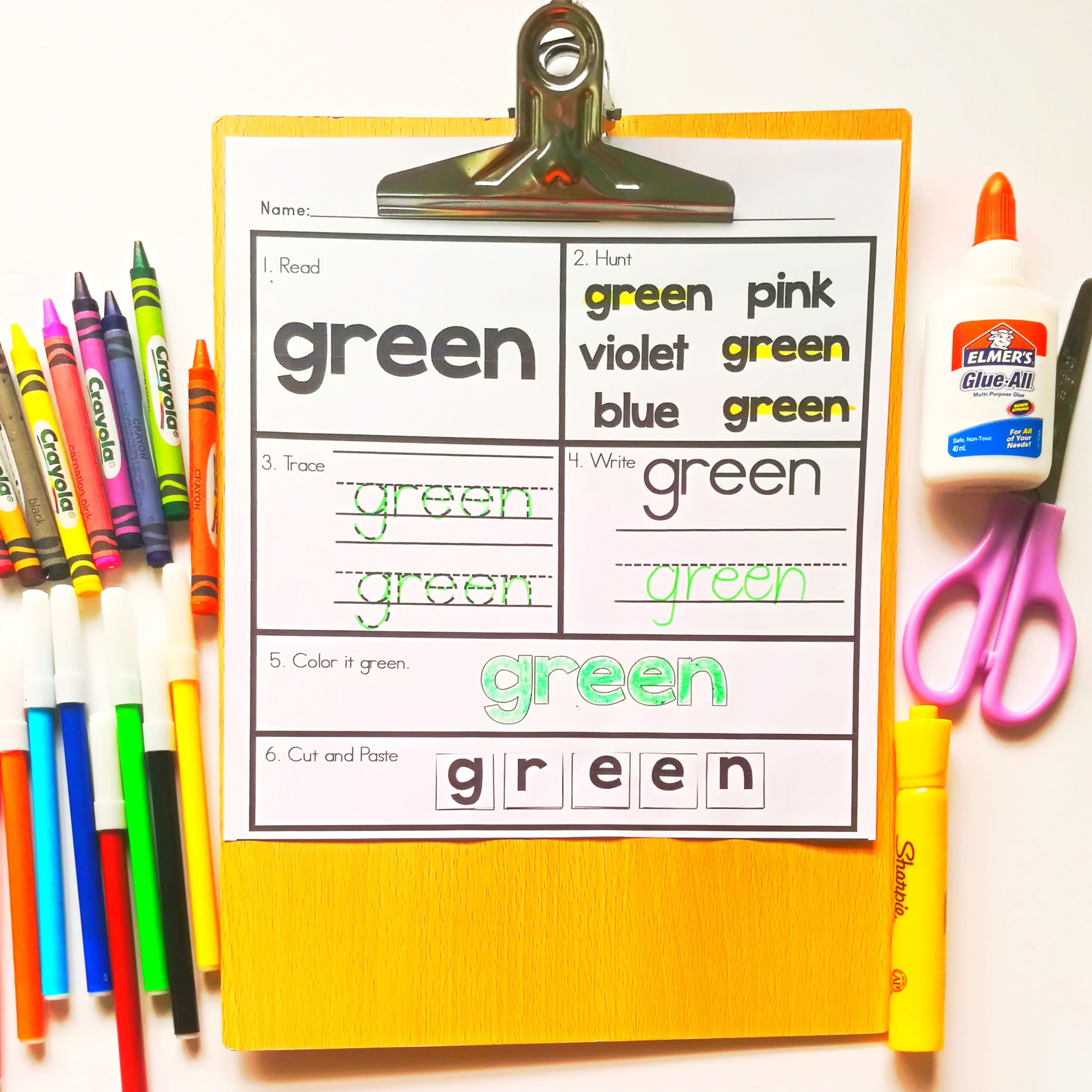
3. Demonstrative Pronoun Sight Words Worksheet
Demonstrative pronouns like "this," "that," "these," and "those" help children describe and point to objects.
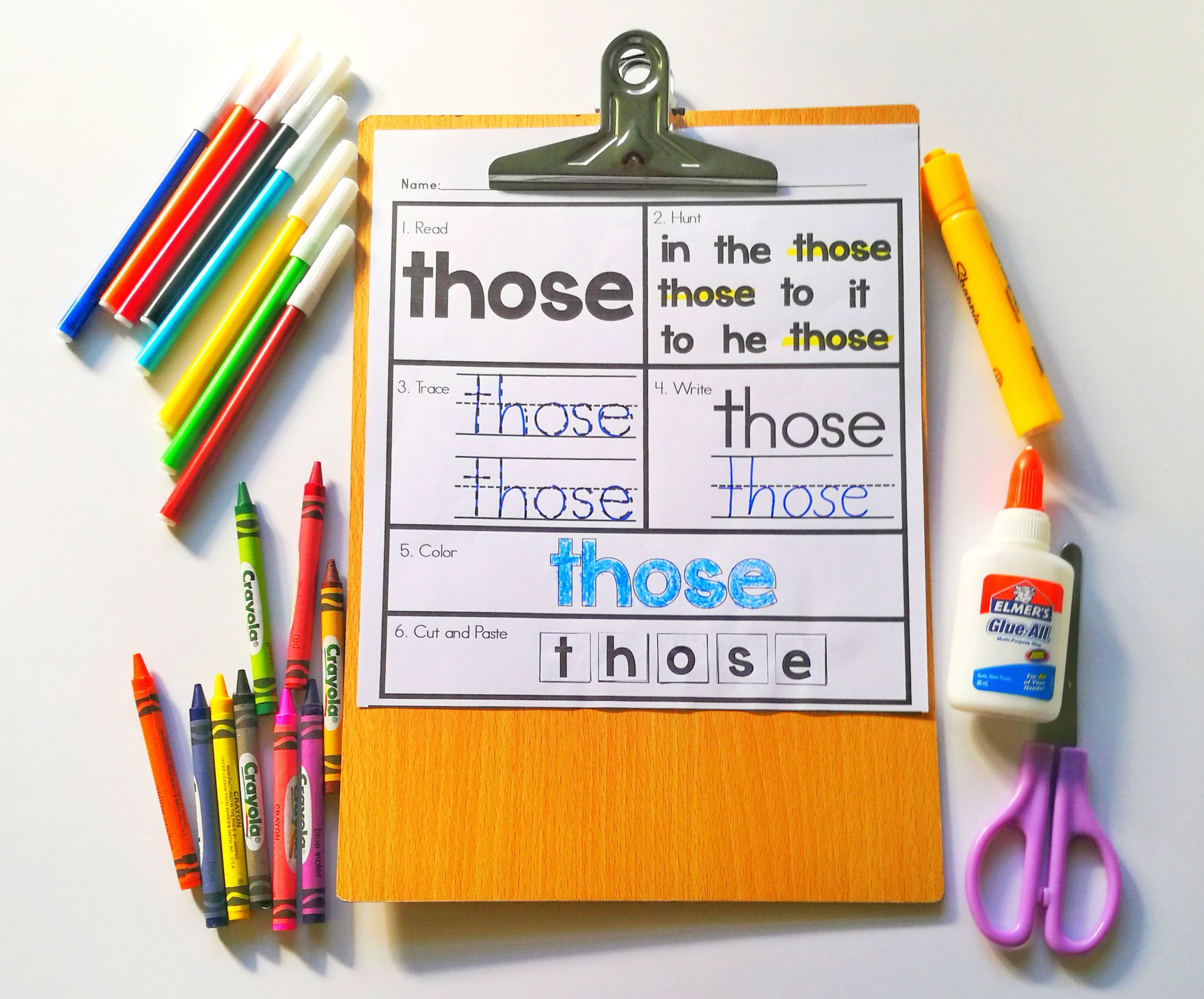
4. Family Members Sight Words Worksheet
Understanding family relationships helps children develop social awareness. This worksheet includes words like "mother," "father," and "brother.
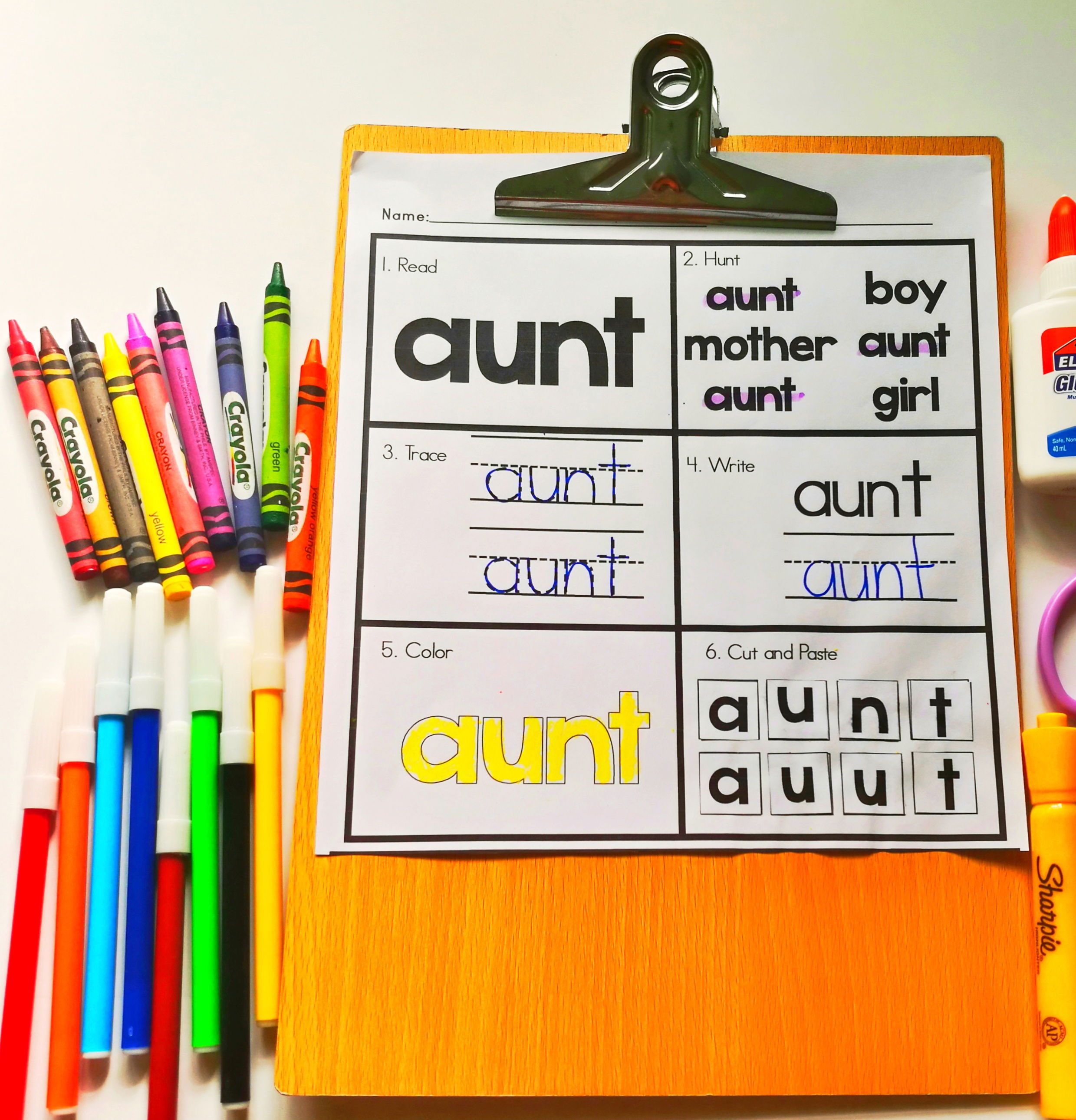
5. Articles Sight Words Worksheet
Articles such as "a," "an," and "the" are small but essential for sentence structure. This worksheet helps children use them correctly.
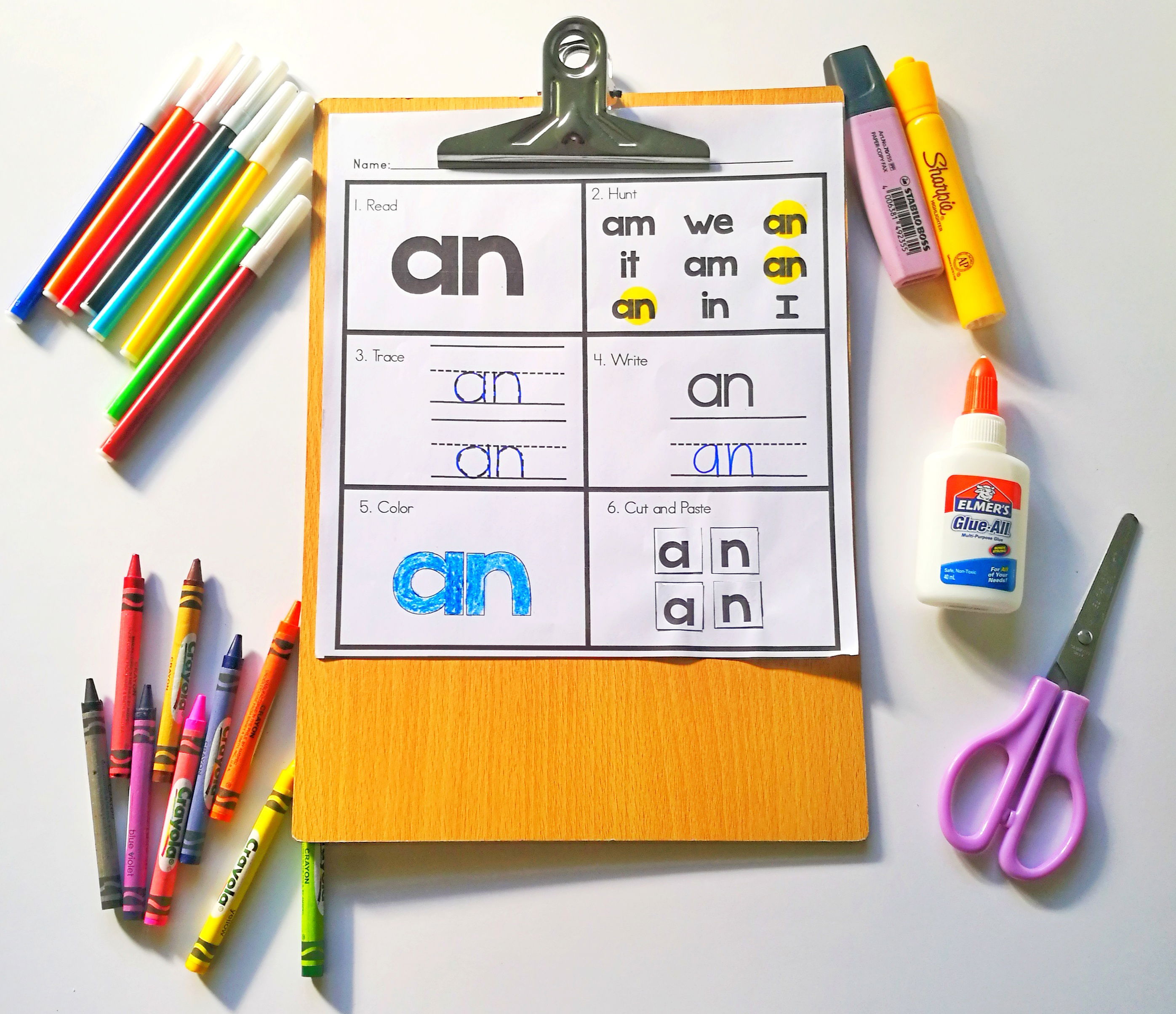
6. Personal Pronouns Sight Words Worksheet
Personal Pronoun sight words such as you and me. This can help them construct sentences.
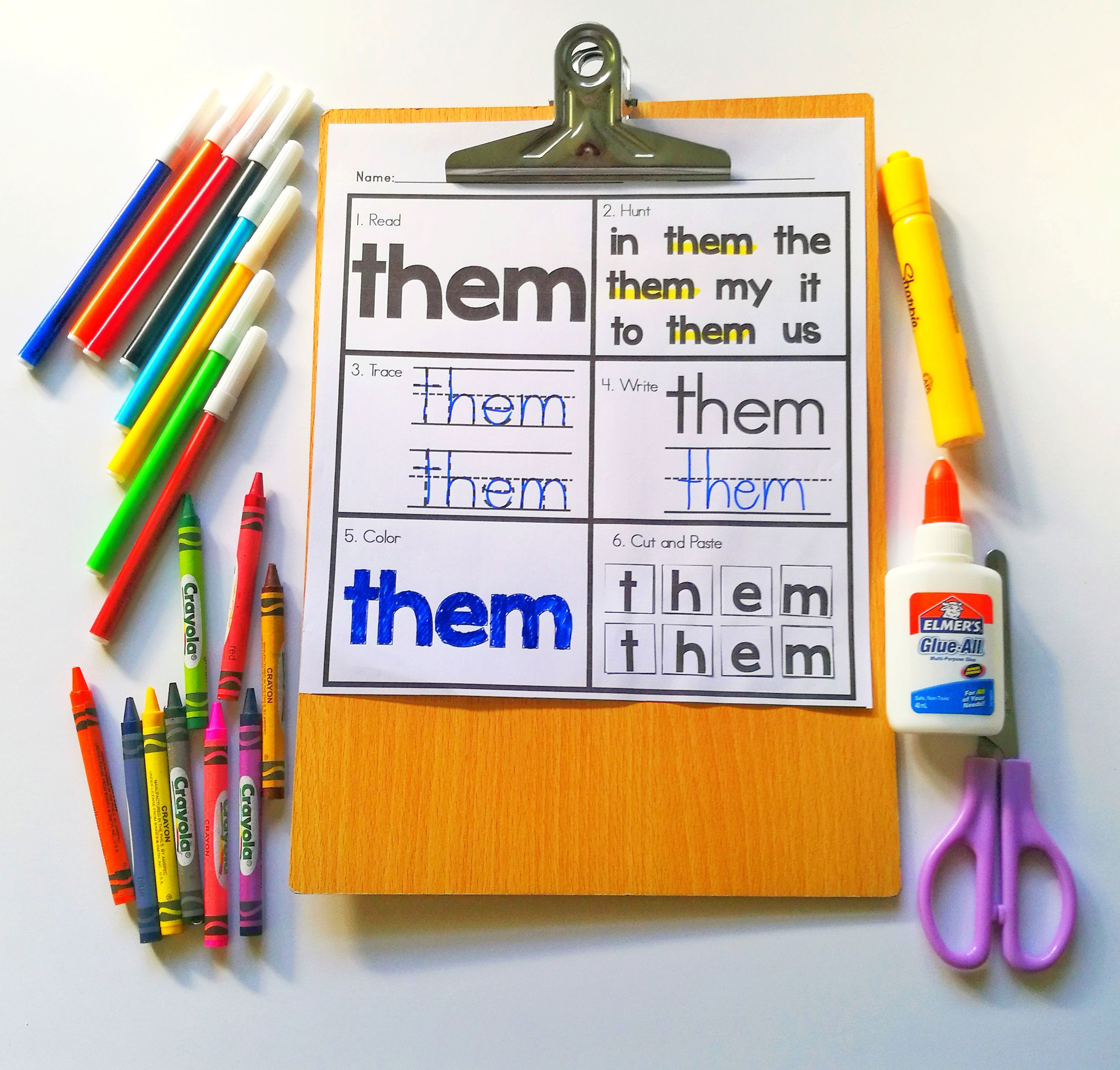
6. Common Linking Verbs Sight Words Worksheet
Linking verbs like "is," "are," and "was" connect subjects to descriptions. This worksheet helps children understand their role in sentences.
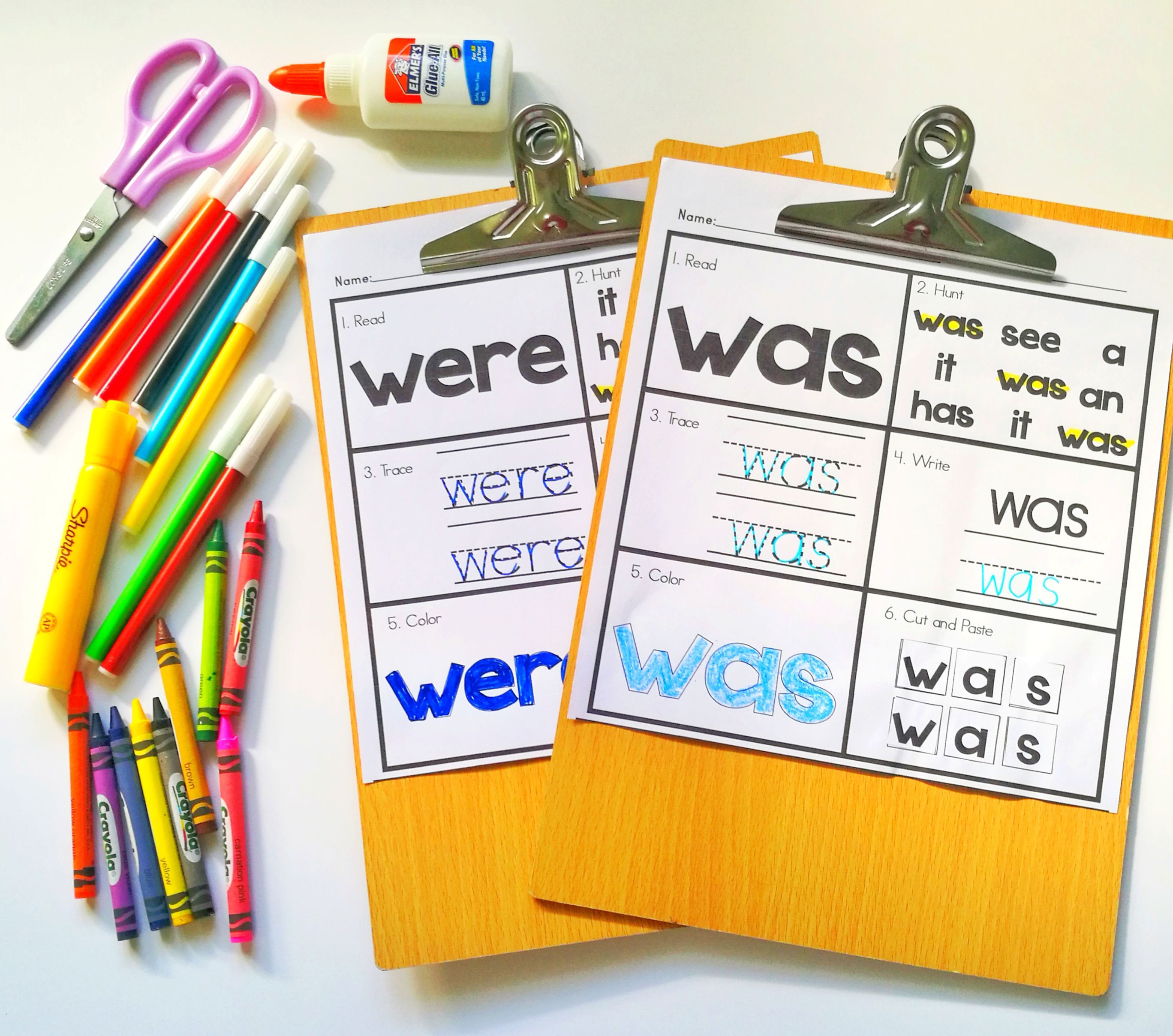
7. Number Words 1-10 Sight Words Worksheet
Number words help children read and write numbers in text form. This worksheet covers words like "one," "two," and "three."
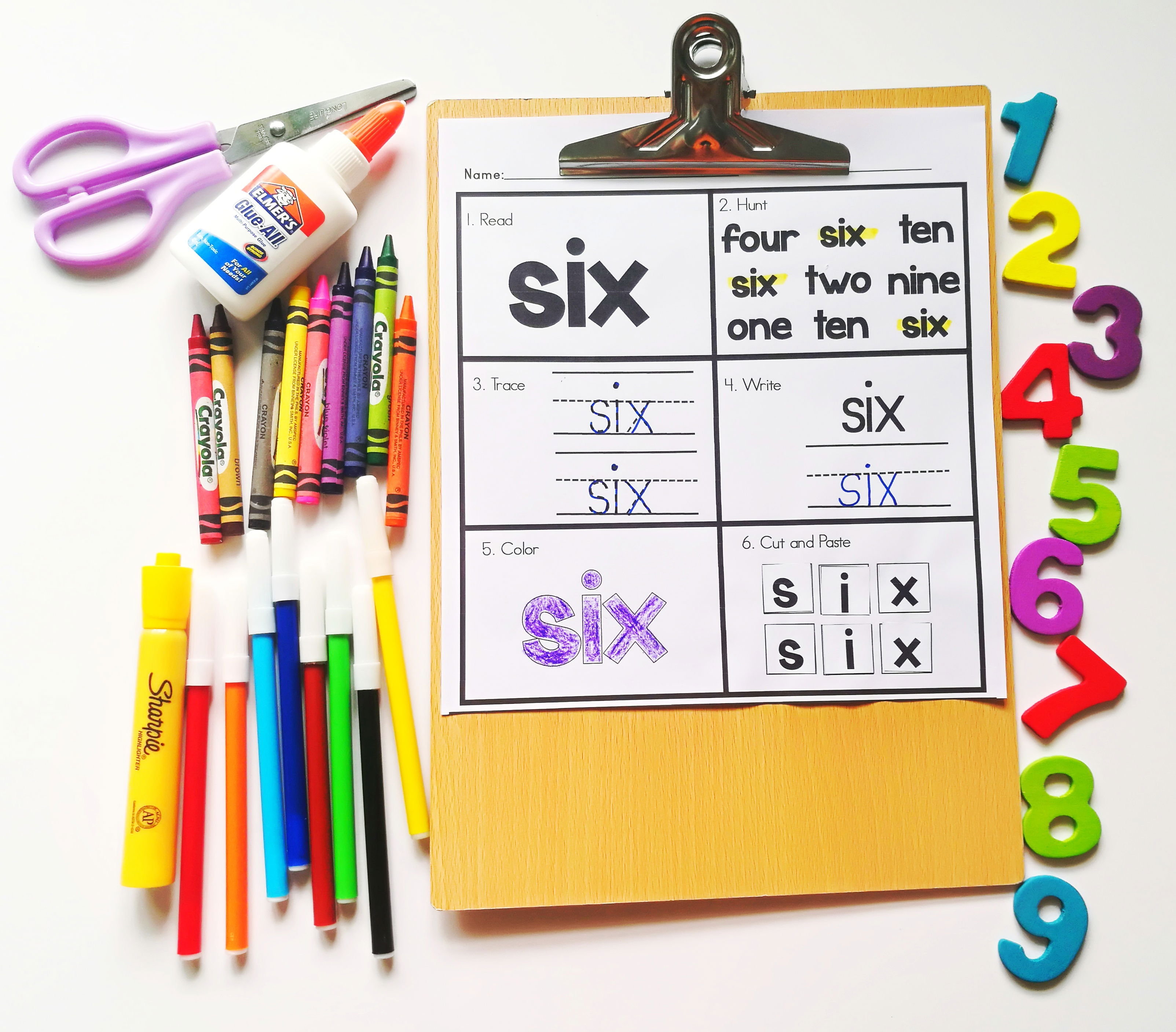
8. Position Cues Sight Words Worksheet
Understanding positional words like "top," "inside," and "beside" helps children follow directions and describe spatial relationships.
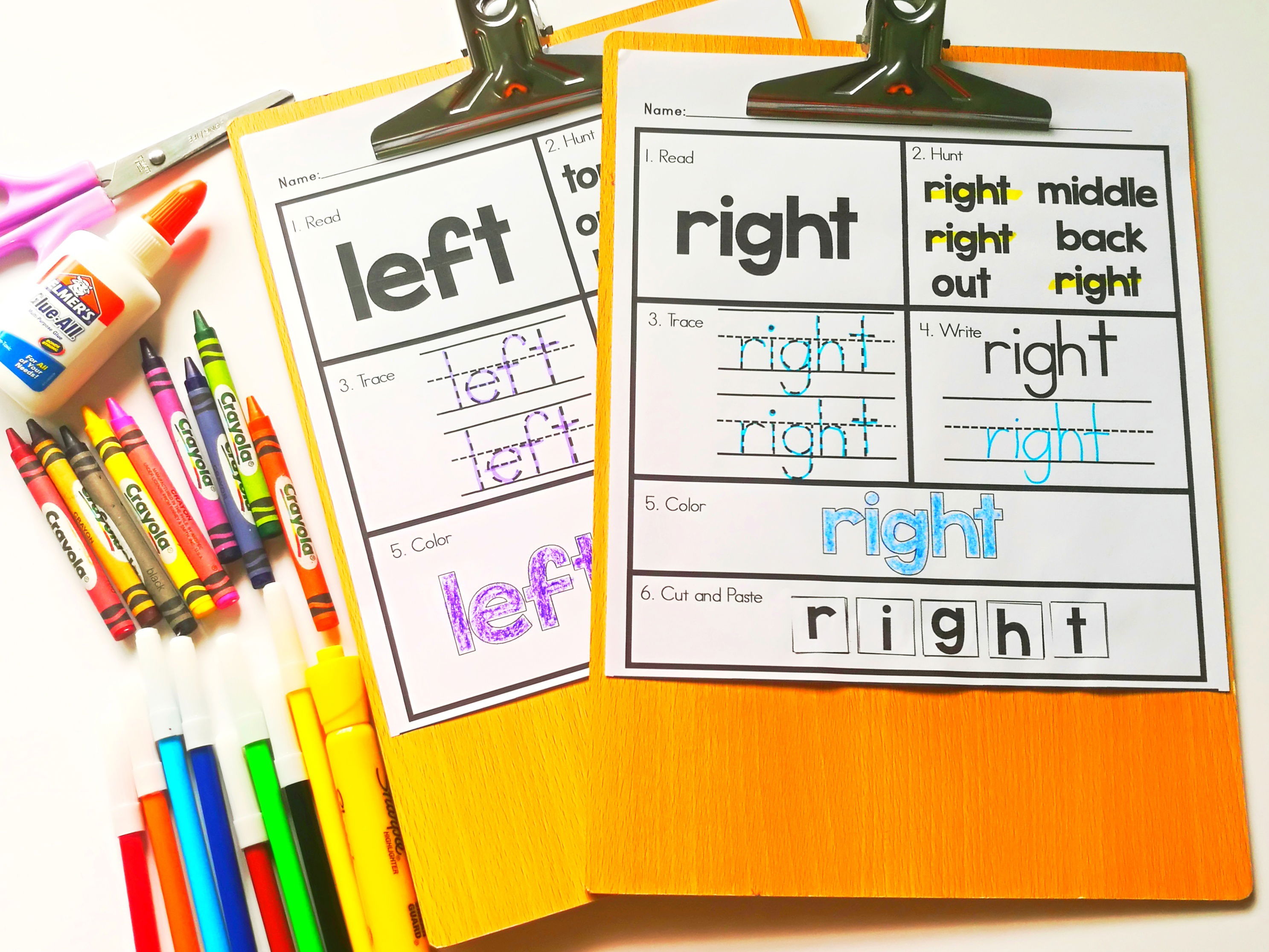
9. Tracing Sight Words Activity This is great for center activities
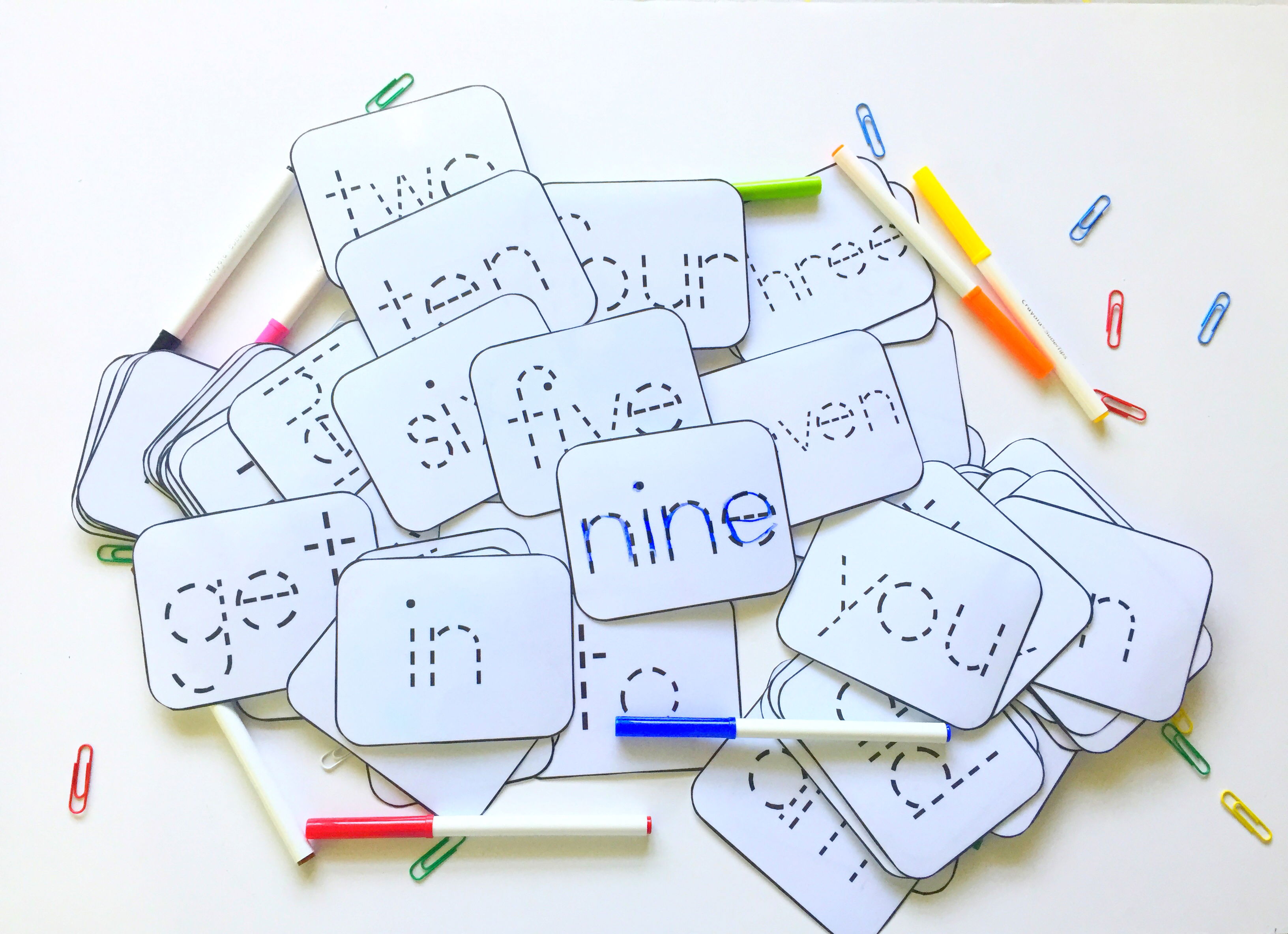
Tips and Tricks for Teaching Sight Words
1. Make it a Game
- Sight Word Bingo: Create bingo cards with sight words instead of numbers.
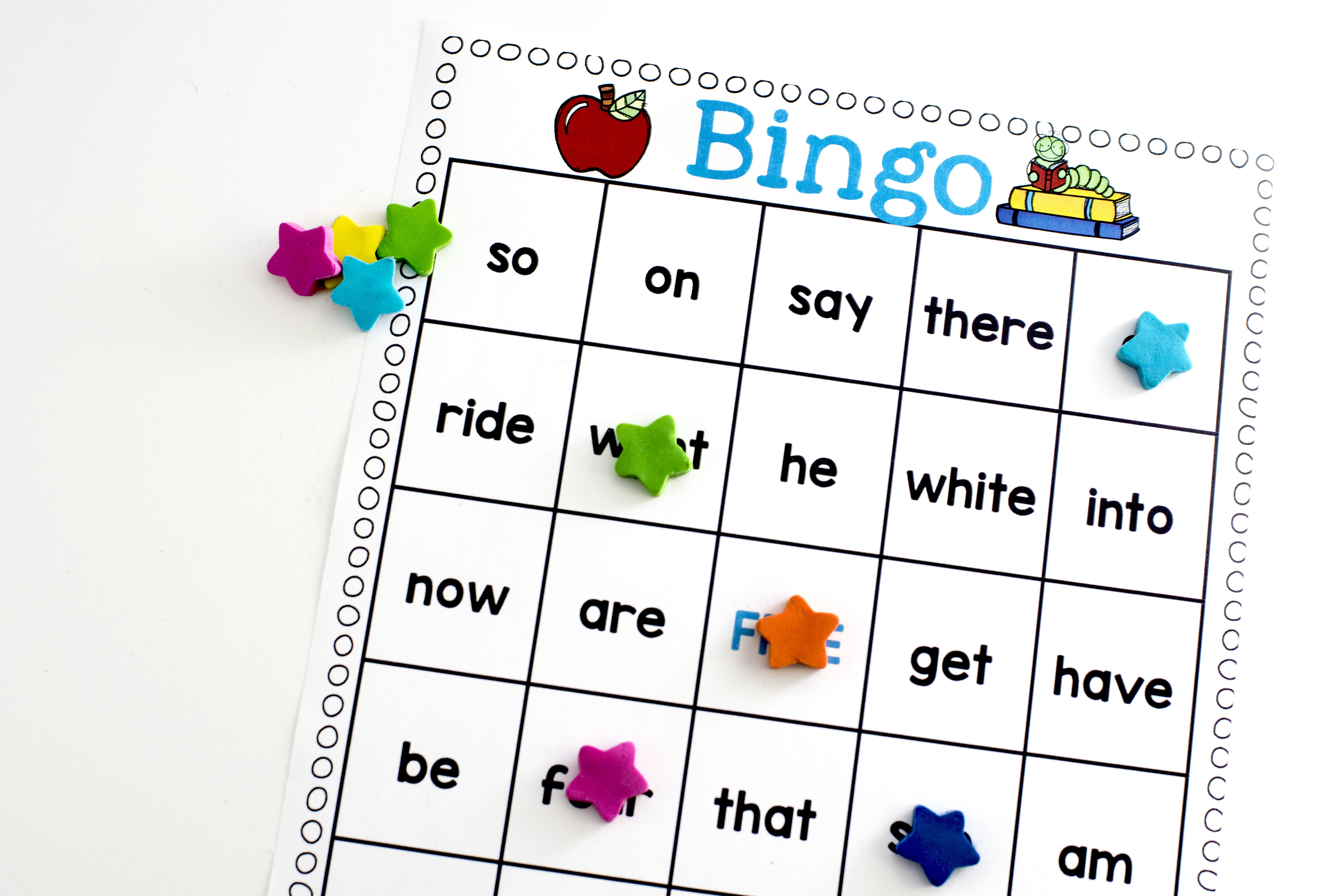
- Flashlight Fun: Tape sight words around the room and have kids find and read them.

- Hopscotch with Words: Write sight words in a hopscotch grid and read them while hopping.
2. Use Technology
- Sight Word Apps: Interactive learning apps make sight word practice engaging.

- Online Videos: YouTube has great songs and animations to reinforce learning.
3. Create a Sight Word Wall
- Post new sight words each week for easy reference and reinforcement.
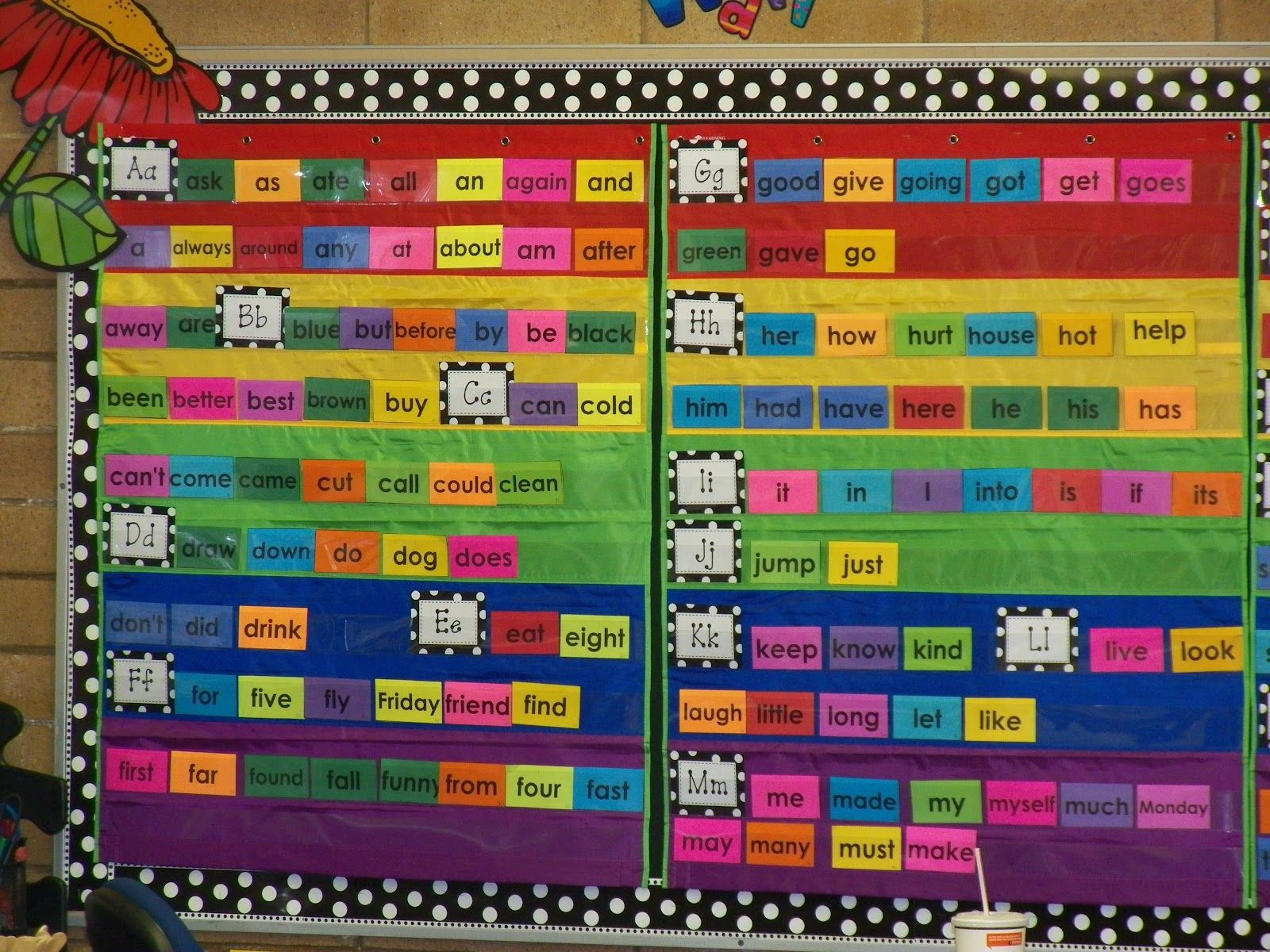
4. Incorporate Movement
- Sight Word Jump: Jump to the correct word.
- Relay Race: Grab and read a sight word while running.
5. Use Multi-Sensory Techniques
- Sand Writing: Write words in sand.
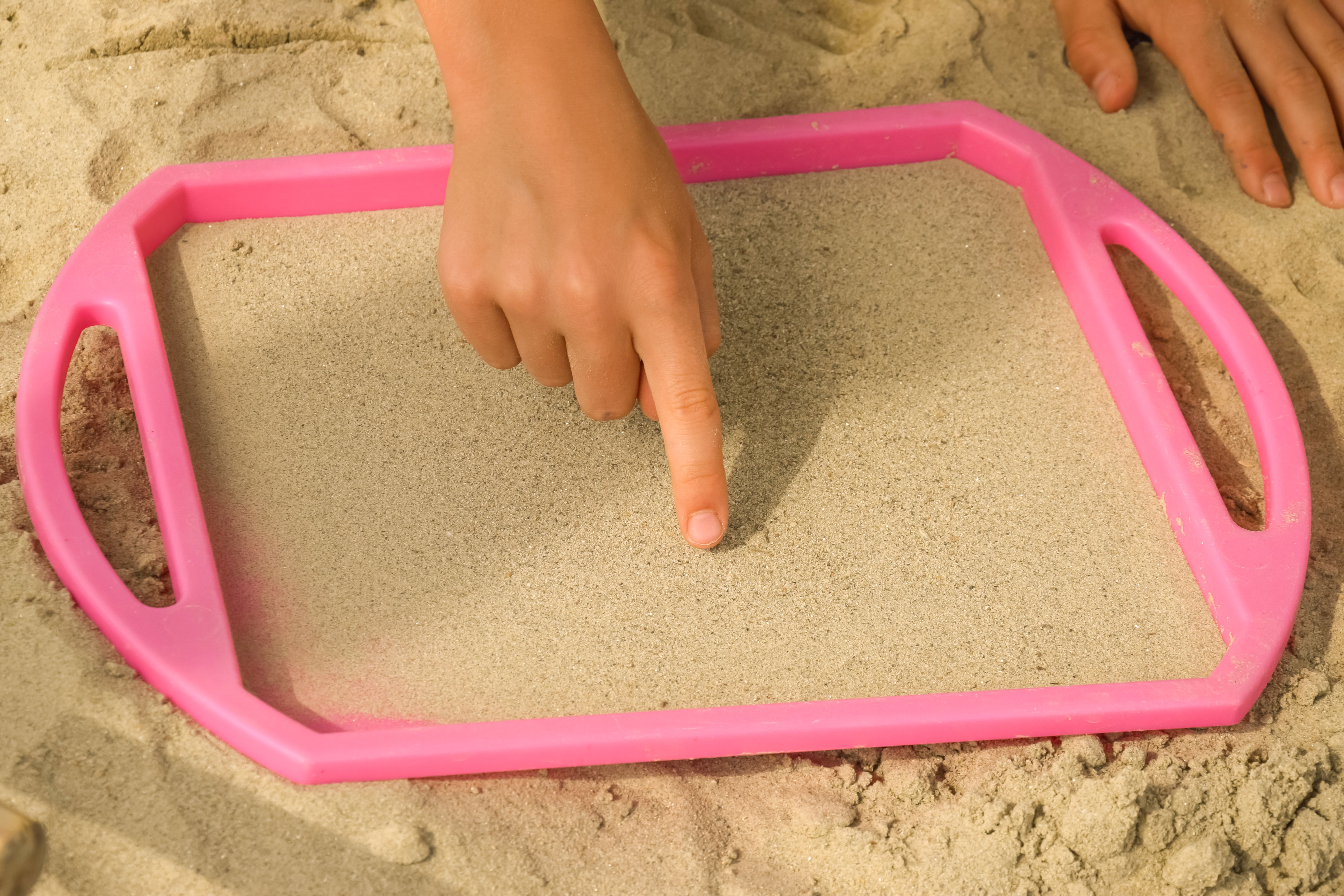
- Playdough Words: Form letters using playdough.
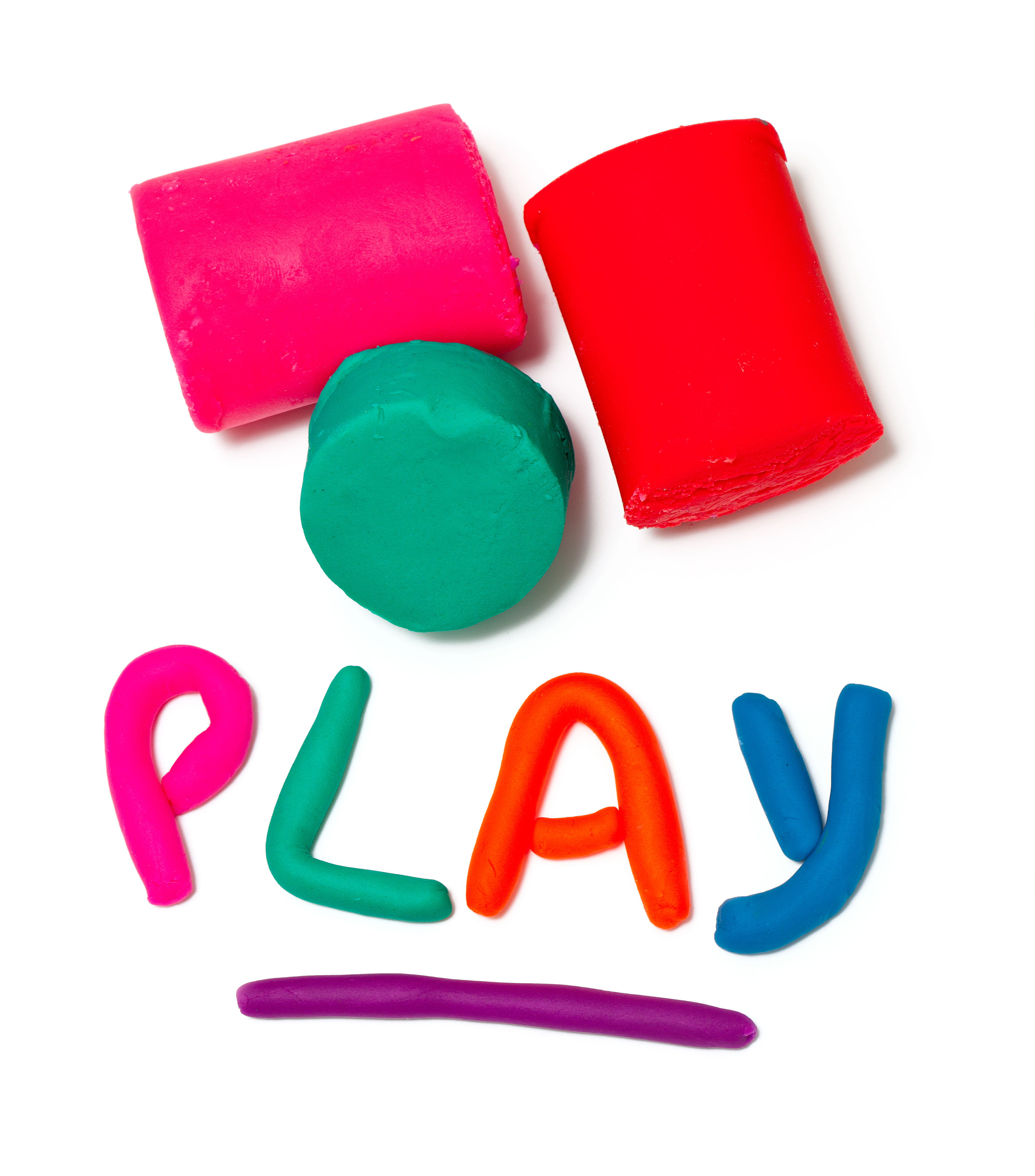
- Water Painting
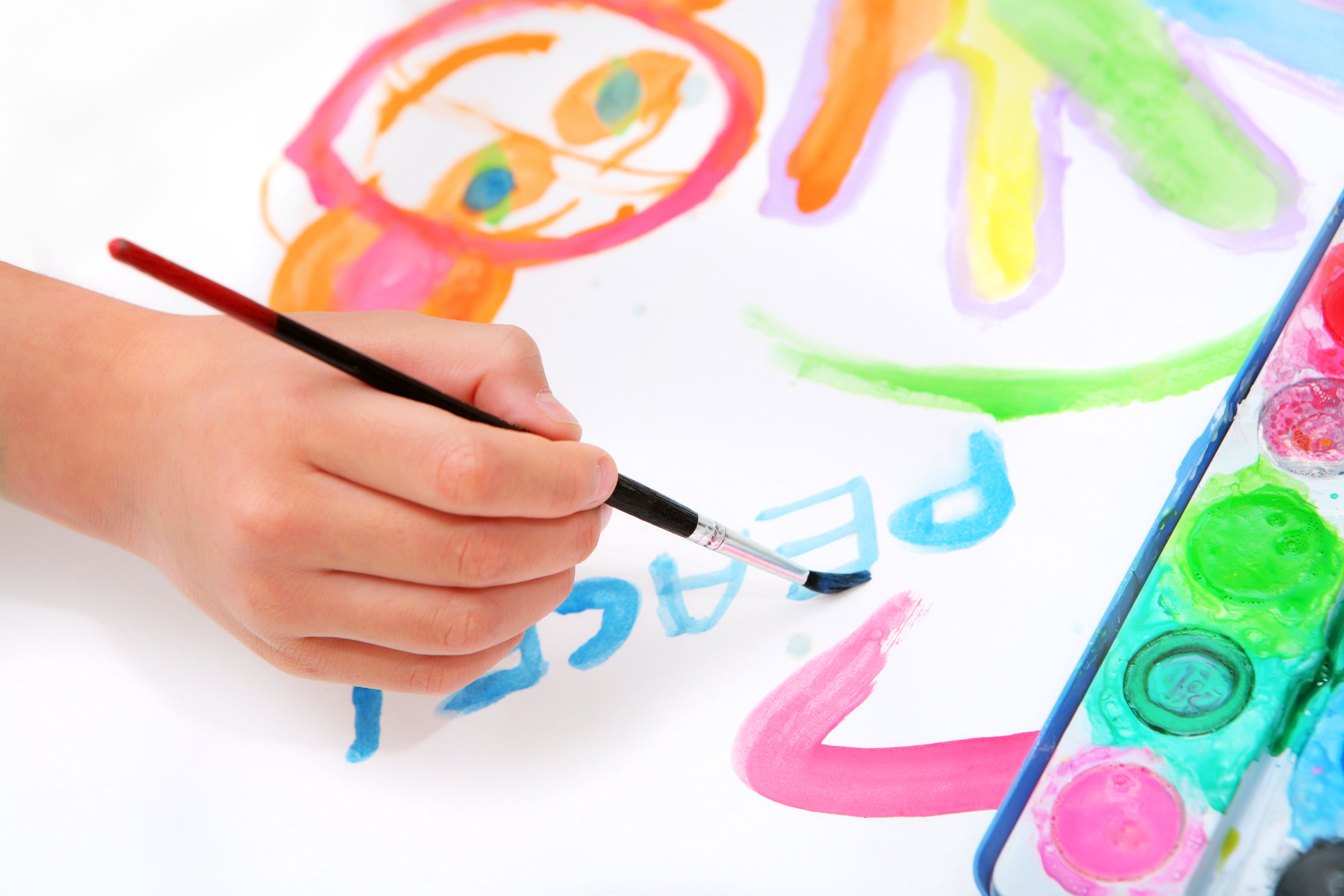
Activities to Practice Sight Words at Home and School
At Home
- Daily Reading Time: Read books with sight words.
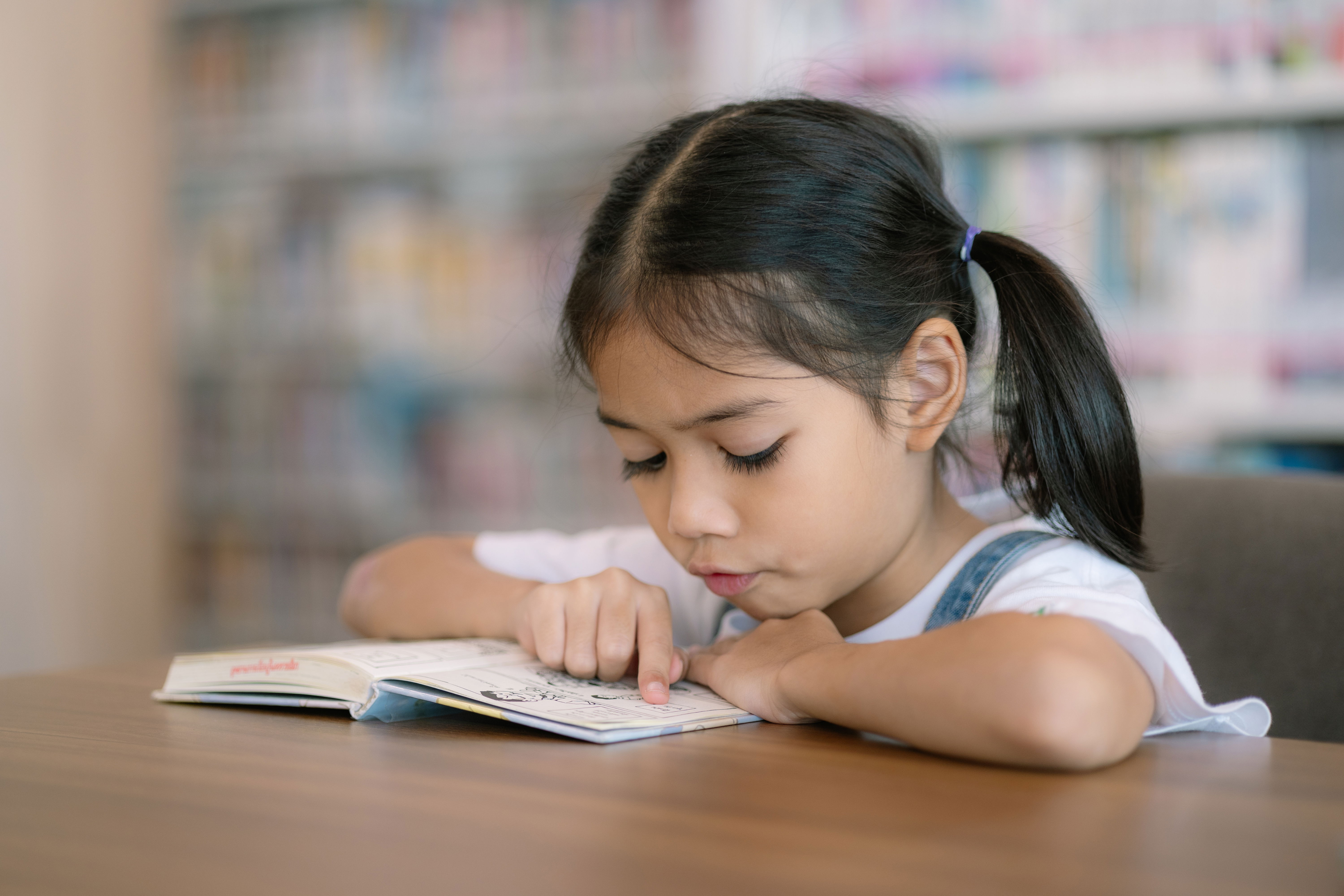
- Word of the Day: Use it throughout the day.

- Cooking with Sight Words: Label ingredients with sight words.
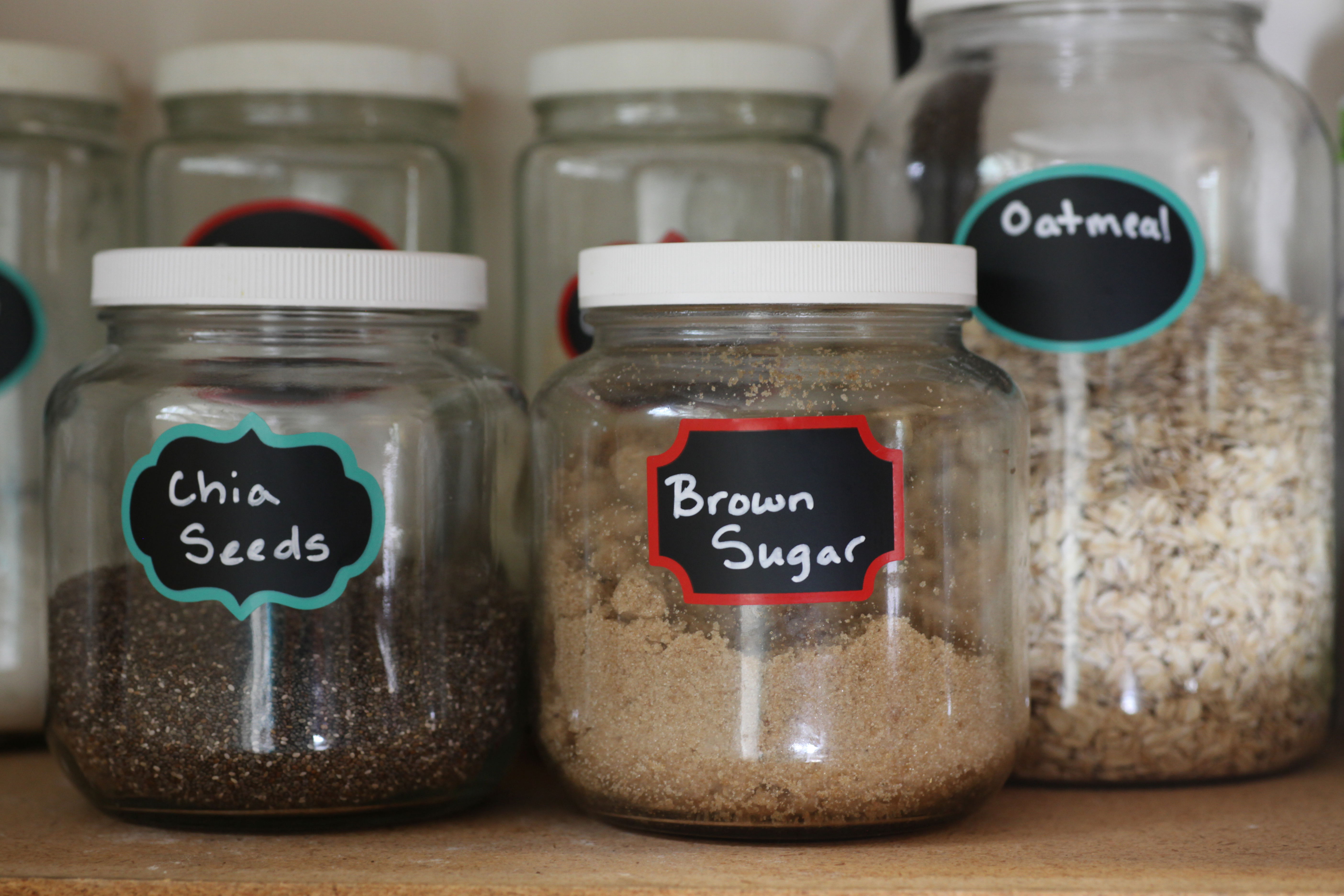
At School
- Sight Word Centers: Rotate through engaging activities.
- Group Reading Sessions: Build confidence with shared reading.
- Interactive Bulletin Board: Let students pick and use sight words.
Personal Experiences: Success Stories from Parents and Teachers
Parent Perspective
Lisa, a mother of three, shared: "My daughter struggled with sight words until we started using a sight word wall and daily reading time. We made it fun with games and movement. Now, she loves reading!"
Teacher Insight
Mrs. Martinez, a first-grade teacher, said: "Using sand writing and playdough made a huge difference in my classroom. The kids were more engaged and retained the words better."
Conclusion
Teaching sight words effectively doesn’t have to be a challenge. By using engaging strategies, interactive activities, and multi-sensory learning techniques, children can master sight words with confidence. Whether you're a parent or teacher, your enthusiasm and support play a vital role in making sight word learning a fun and rewarding experience!
Stay Connected
For more tips, resources, and activities, follow us on Teachers Pay Teachers, Pinterest, Facebook, and Instagram. Feel free to reach out at thejoyinteaching@gmail.com.
Together, let’s make learning sight words an exciting and rewarding experience for our kids! Happy teaching!
Follow Me for More Teaching Tips with Joy For more tips, resources, and a daily dose of teaching joy, follow me on:
Got questions or want to share your success stories? Drop me an email at thejoyinteaching@gmail.com. I love hearing from fellow educators and parents! Happy Teaching!
Joy Medalla
The Joy in Teaching 💛